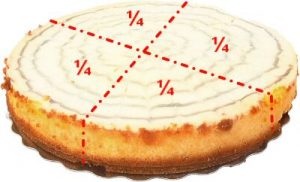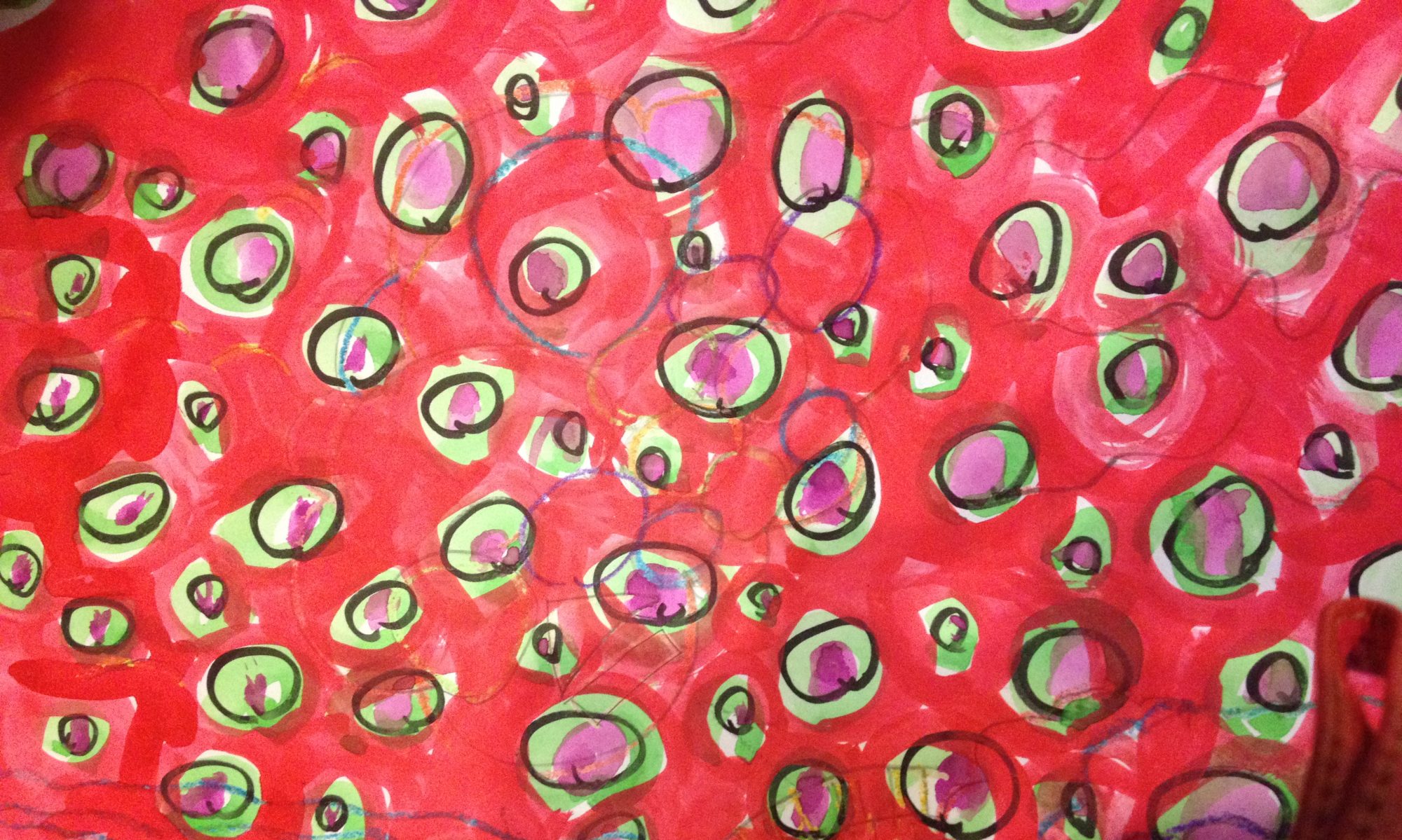In my research, I found this old study rather interesting. It presents a short article wherein it describes what it is like to think with Dyslexia. It is a compilation of information from research from Harvard Medical Center & Central St. Martins College.
The Psychologist highlighted in the article designed a series of six tests of verbal, written and spatial ability. She found Their visual spatial skills were also at a higher level – but they had difficulties with reading, writing and spelling.
Within this same article there is research from Harvard Medical Center. They found “that dyslexics’ brains are “wired” differently from other people’s. “There is definite proof of a link between dyslexia and visual spatial ability,”
A researcher from Washington, named West adds the facts that the brain of a dyslexic person is wired differently. “They lack efficiency in the left brain hemisphere which relates to language ability. But there is increased efficiency in the side of the brain which dictates spatial ability.”
A dyslexic himself, West shared that dyslexics: “can rotate an image in three dimensions in their minds. Our educational system at the moment is based on words, books and lectures.”
A summary of my related opinions:
This heavy text-based verbal/written curriculum is not serving any of the Dyslexic students in the United States. The work my child brings home is not very often visual in any way. When I have asked about using visual videos to teach math I hear back, “no I haven’t ever done that.” In today’s technology age- it is as easy as a little navigation and a click of the mouse to bring your classroom to life. Visuals will engage both the dyslexic and non-dyslexic student and will bring new meaning to their studies.
For this reasons, I will repeatedly blog and share information about adding visualization to lessons, how to choose materials for the dyslexic child or student and more.
